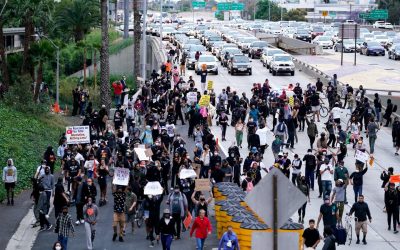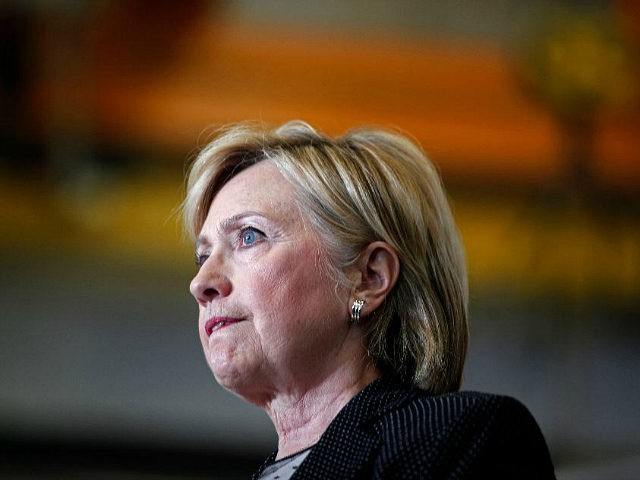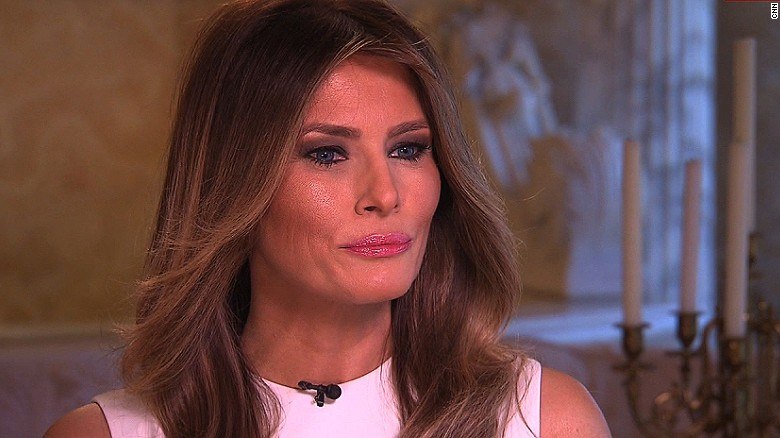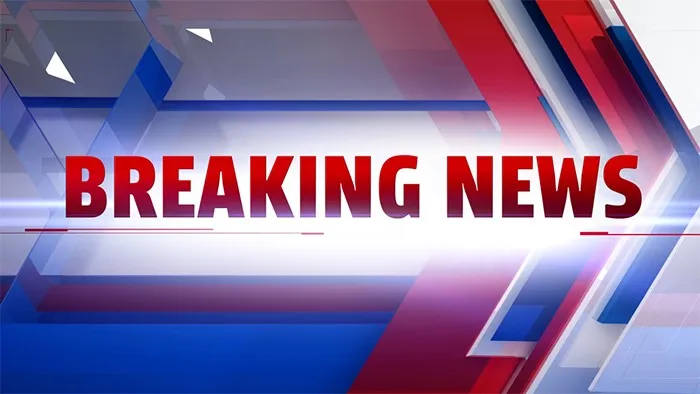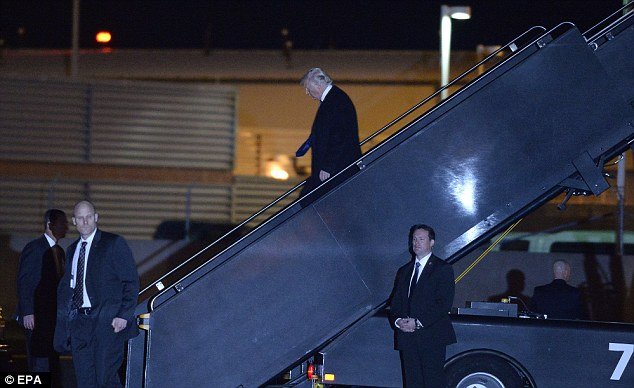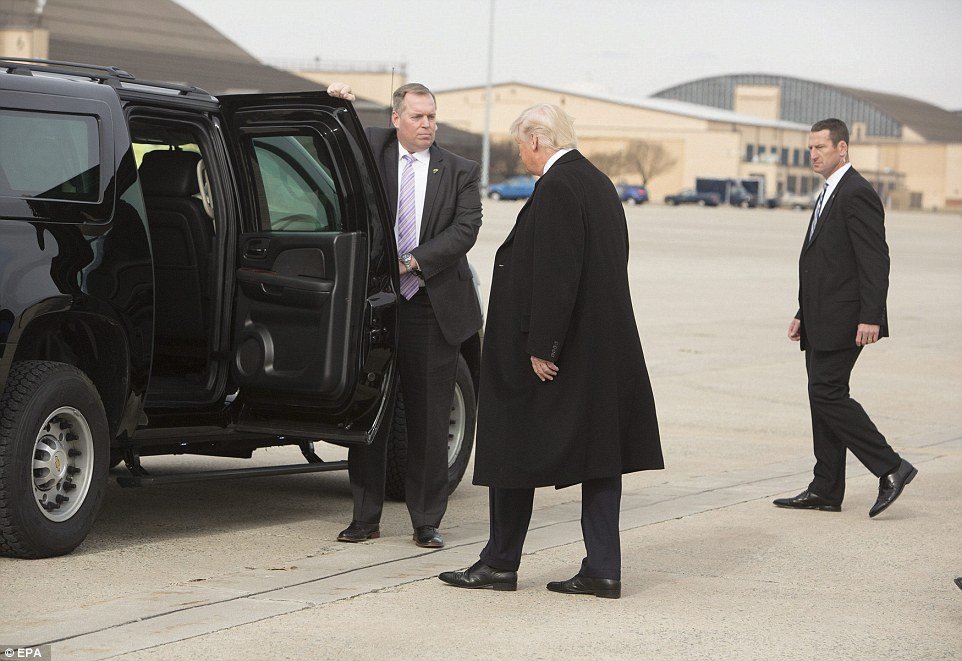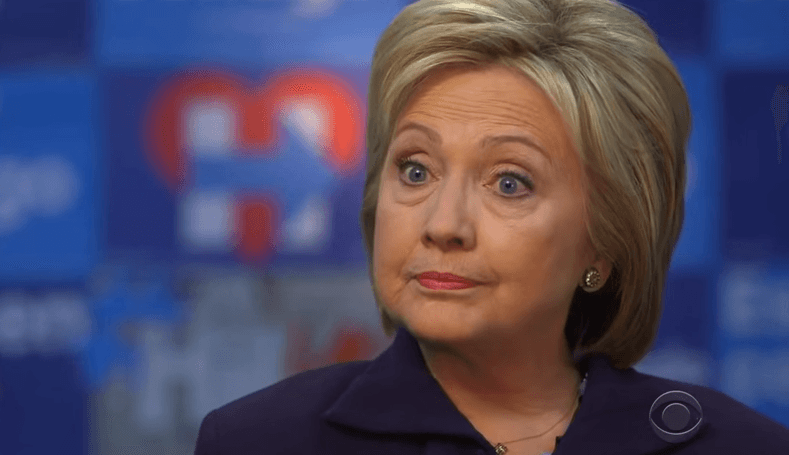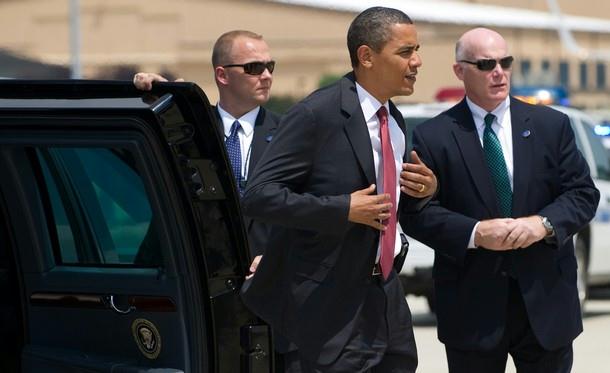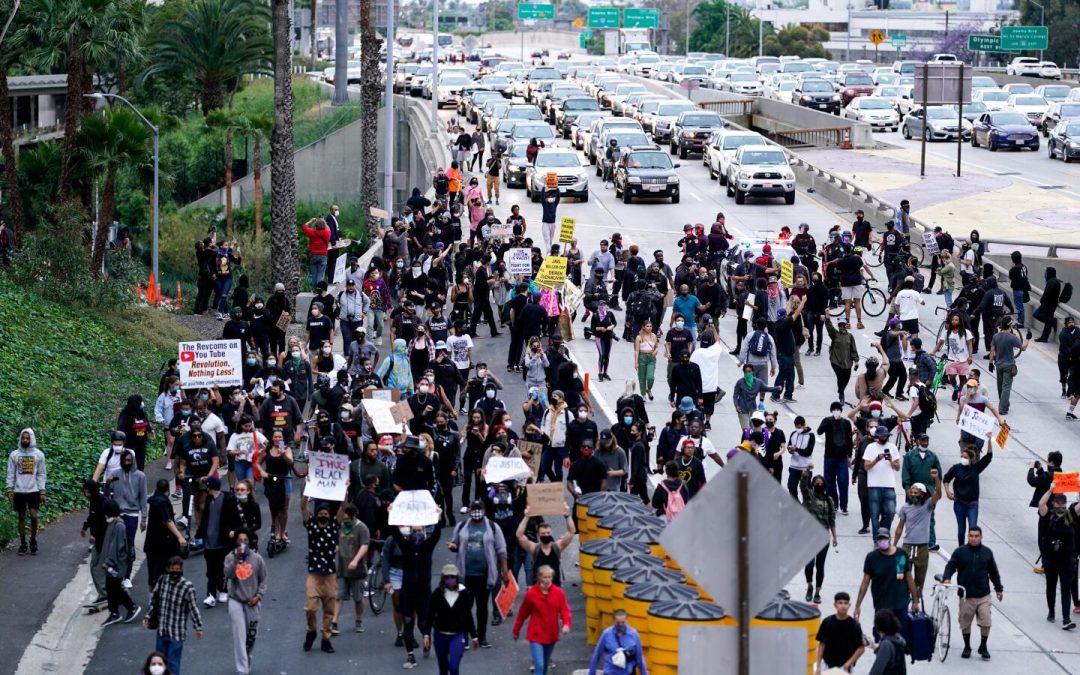President Donald Trump has often made headlines for his actions as Commander-in-Chief, and one of the moments that drew significant attention was his presence at the return of a fallen Navy SEAL. The somber occasion took place in 2017, when Navy SEAL Chief Petty Officer William “Ryan” Owens was killed during a counterterrorism raid in Yemen, the first military operation authorized by Trump shortly after taking office. Trump’s attendance at the return ceremony, where Owens’ casket was brought back to U.S. soil, sparked mixed reactions and comparisons with past administrations, particularly that of former President Barack Obama.
Trump’s decision to be personally involved in honoring the fallen SEAL was seen by many as a profound gesture, emphasizing his respect for the U.S. military and those who sacrifice their lives in service to the country. He traveled to Dover Air Force Base to meet with Owens’ family and pay his respects. The President’s presence at the ceremony sent a message of solidarity with the military community and the family of the deceased. For Trump, it marked a significant moment early in his presidency, underscoring his commitment to supporting U.S. troops and their families.
However, the event also ignited controversy, as some critics questioned the circumstances surrounding the raid in Yemen. While Trump praised the mission and the bravery of those involved, including Owens, questions arose about the intelligence and planning behind the operation. It was reported that the raid had been planned during the Obama administration but was only carried out after Trump took office. The operation resulted in multiple casualties, including civilians, which led to criticism of the administration’s handling of the mission.
In the wake of the raid and Owens’ death, Trump faced both praise and scrutiny for his actions. Supporters of the President lauded him for taking the time to honor a fallen hero and demonstrate his commitment to the military. They compared his actions favorably to those of former President Obama, highlighting moments when Obama had been criticized for his handling of military losses, including the deaths of U.S. personnel during the attack on the U.S. consulate in Benghazi, Libya.
For many of Trump’s supporters, his attendance at the return of Owens’ remains was a reflection of his broader stance on military and national security issues. Throughout his campaign and early presidency, Trump had emphasized the importance of rebuilding the U.S. military and giving it the resources necessary to succeed in counterterrorism operations. His administration quickly increased military spending and took a more aggressive approach to foreign policy in regions like the Middle East.
At the same time, the controversy surrounding the Yemen raid fueled debate over the risks and complexities of such operations. The loss of life, particularly civilian casualties, raised questions about the ethics and efficacy of the raid. Despite the successful elimination of key terrorist targets, the operation’s cost led some to argue that it had not been fully justified, adding to the public debate about Trump’s foreign policy approach compared to that of Obama.
The emotional impact of the return ceremony was also palpable. Owens’ widow, Carryn Owens, was visibly moved during the event, and her public appearance during Trump’s first address to Congress further amplified the story. As she stood in the audience, wiping away tears while the chamber gave her a prolonged standing ovation, Trump referred to her husband’s service and the importance of honoring the nation’s fallen warriors. That moment became one of the most emotional highlights of Trump’s early presidency, showcasing the deep respect and reverence for the families of military personnel who make the ultimate sacrifice.
In addition to the military and political aspects of the story, the incident sparked a broader national conversation about the responsibilities of the Commander-in-Chief when it comes to authorizing military actions that carry significant risks. It highlighted the delicate balance between honoring military heroes and ensuring that the missions they undertake are strategically sound and ethically defensible.
For Trump, the event served as a defining moment, both in terms of his relationship with the U.S. military and his approach to foreign policy. It reflected his administration’s commitment to a more assertive military stance while simultaneously sparking debate about the consequences of such operations. The legacy of William “Ryan” Owens and the mission that claimed his life remains a subject of discussion, but Trump’s role in honoring him became a key moment in his presidency, remembered for its emotional weight and the complex questions it raised.
As time goes on, the actions of both Trump and Obama in relation to military operations will likely continue to be compared and debated, particularly in how they handle the tragic outcomes that can result from such missions. While each administration faces unique challenges, the response to fallen military personnel often serves as a barometer for their leadership and approach to national security.


